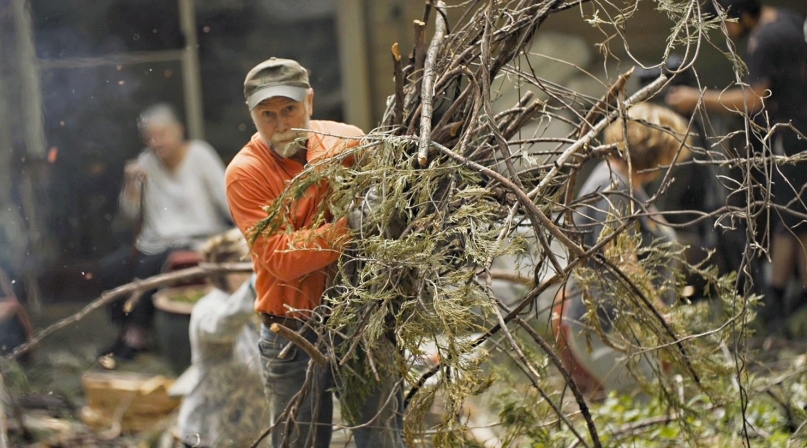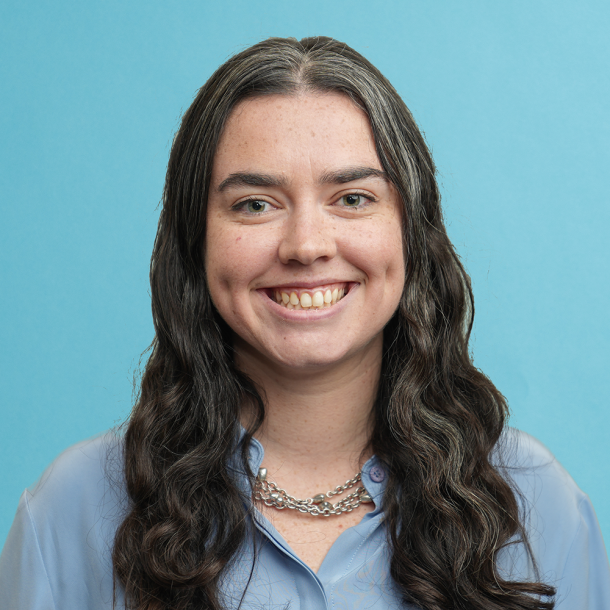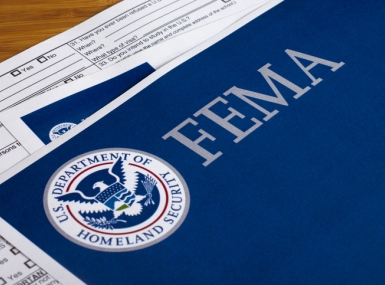Micro-grants help fireproof a neighborhood by reducing fuel

Key Takeaways
Nevada County, Calif. created a first-of-its-kind risk and emergency management program to reduce the overabundance of hazardous vegetation in neighborhoods, transforming private property into a more wildfire-resilient landscape and saving lives.
Through a $100,000 grant from the Tahoe Truckee Community Foundation, Nevada County distributed $3,600 to 26 of the county’s recognized Firewise Communities to go toward roadside vegetation abatement projects, increasing defensible space around homes, purchasing equipment and removing hazardous vegetation from private lands.
“I think addressing the private property aspect of emergency preparedness, but especially wildfires, has been the biggest challenge for pretty much any rural county or any county on the West Coast,” said Craig Griesbach, Nevada County’s director of emergency services. “… With this, our strategy was, ‘Let’s leverage, organize and engage communities that are already established and start there.’”
Learn more
Nevada County has more Firewise Communities than any other county in the country — growing from around 60 when the program launched to nearly 100, according to Griesbach. Firewise Communities, which are certified through the National Fire Protection Association, each have a designated Firewise coordinator who works with them to update their fire preparedness plan every three years.
Of Nevada County’s nearly 100,000 residents, 92% of them live in high-to-very-high fire hazard severity zones, leaving them and their property vulnerable to wildfires and other natural disasters.
The Firewise Communities Microgrant Program was created after a severe winter storm left behind an overabundance of hazardous vegetation, making the county more susceptible to wildfire during its fire season.
The county distributed grants to communities that outlined how exactly the funding would be spent, examples of which included shaded fuel break treatments and creating bin programs to clear defensible space for homes, according to Griesbach.
“Our main focus was community-based projects that benefited more than just one or two people, so we had a scoring system that we created that was fairly simplistic,” Griesbach said. “We had a panel that reviewed the grants of our various community leaders throughout our county, but our focus was the projects that have the biggest bang for the buck. The ones that stretched across the entire neighborhood were the ones that were awarded and rose to the top.”
Griesbach said a big part of the success of the microgrant program was that it provided the funding directly to who could use it best — the communities themselves.
Micro-Grants funded collaborative projects providing community-wide benefits, such as renting a chipper for community use, contracting for transportation of downed vegetation to processing sites, renting equipment, or hiring a contractor to clear evacuation routes on private roadways. In sum:
- 10 grants were awarded for roadside vegetation abatement projects
- Seven grants supported defensible space
- Five grants were used to address hazardous vegetation
- Four grants went toward the purchase of equipment
“These communities operate year-round just based on volunteerism, so they have neighborhood workdays, they leverage each other’s equipment to get — it could be clearing defensible space of a neighbor in need that’s elderly, clearing their ingress and egress routes or working with BLM [Bureau of Land Management] and other partners to clear properties neighboring their neighborhood,” Griesbach said.
“We have some more disadvantaged communities, like up in the San Juan Ridge area, that struggle with resources more than some more affluent areas, so it varies.
“But like last year, because they log equivalent costs or hourly rates, they logged over $14 million just in work that they’re doing through volunteerism, so that’s no cost to the public, it’s just the cost and responsibility they’re taking on, so by us giving them $3,600 for a project, they’re going to multiply that 10 times over just through their volunteerism, because they’ll get their whole community together and run equipment through that that they got through the grant.”
The concept for the Firewise Communities Microgrant Program, which was adapted from a microgrant program the county created to support local businesses during COVID-19, was around a six-month process from determining logistics with the Tahoe Truckee Community Foundation to the completion of the projects. The county has applied for congressional funding to continue the program, Griesbach said.
“We’re building on the success of this just because of how far the funds went,” Griesbach said. “As far as wildfire mitigation, $100,000 is nothing. Most of our projects are millions of dollars, and we made more impacts with this program than we have with many of those.”




